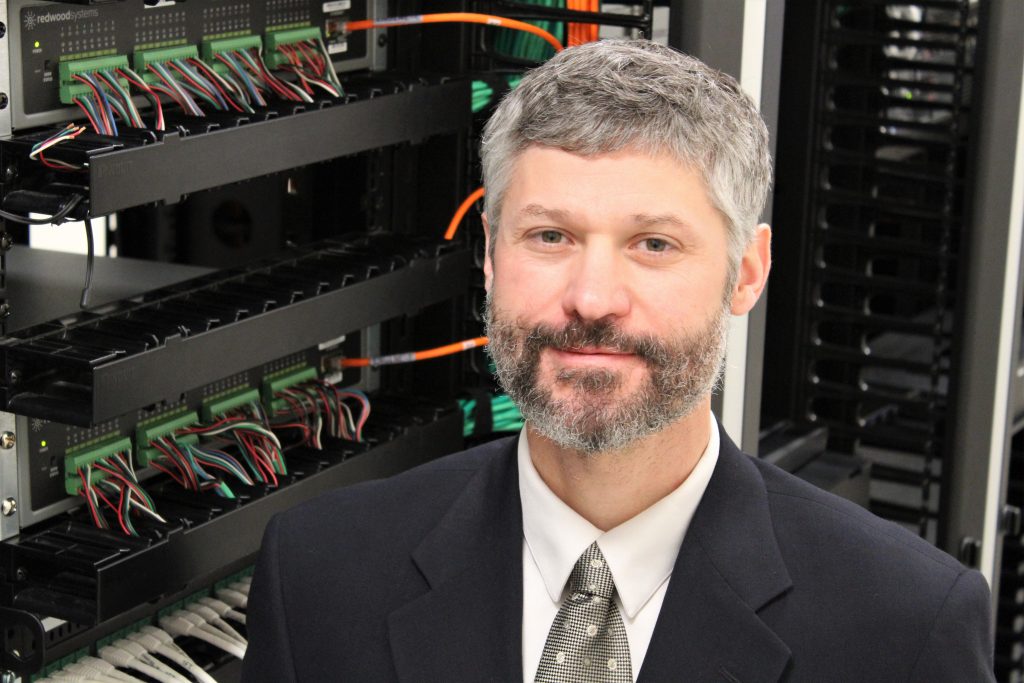Goodbye, 2020, and the pain you brought with you. We wish you a speedy farewell.
Nothing was easy last year, including work life. It used to be a convenient benefit for office workers to spend a day at home, rapidly working through items that take time to finish in an office setting, where distractions abound. It used to be so easy to crank through items while sitting at the kitchen table. Then came the COVIDs and everyone went home to work. Suddenly, all the extra time you gained by working alone at home vanished as your spouse, dog, cat, children, parents all suddenly showed up in your home office looking for help with their days. Working from home suddenly became really hard to do effectively.
We are ready for the quarantine to end, we are ready to rejoin a society that has been put on pause. We want to get back to the office, to see people in person and not on a computer screen. We feel a need for human interaction at the office, how is that going to look in 2021?
OFFICE ENVIRONMENT & SERVICES
The office is going to look different when you walk back in the door. We can no longer allow a dozen people to sit shoulder-to-shoulder in a conference room or at a common work area. CDC guidelines and corporate mandates constantly remind us to social distance and wear a mask. These new social norms will affect your office as you return.
A few predictions are easy. Conference rooms will have capacity limits, cafeteria spaces will be run at reduced capacity. We know that social distancing will be pushed through corporate mandate.
With employees working from home, many organizations are exploring how to downsize their physical space. Some employees will be asked to work from home on a more permanent basis, and hot-desking or hoteling options are being seriously looked at. Non-personal desk space generally means that the business supplies lockable storage space for personal effects. Employees will be expected to pick up their locker items (mouse, keyboard, coffee cup) on the way to their desk assignment for the day.
Services that the business was able to cut back will need to be reinstated, including trash removal and cleaning services cut during the quarantine. Maintenance of HVAC systems should be addressed prior to moving employee populations back into the office. This includes replacing filters, tuning occupancy sensors, and adjusting schedules to match employee use of the building.
TECHNOLOGY INFRASTRUCTURE
When corporate America sent their employees home, a lot of security concerns were raised about working with sensitive corporate data over the internet. Residential network services were strained as they tried to support corporate file downloads at the same time multiple children stream classes for school and video services for leisure. Businesses that decide to maintain employees at home will be looking at network security policies that threaten their cybersecurity. Businesses will deploy a combination of hardware and software solutions to build secure networked gateways between laptops operated in the home and cloud services supporting the business.
The cost of working from home has been largely passed on to the employee; they provide their own office space, utilities, and network services. As America moves past the pandemic and government regulations and laws lapse, employees will engage business to pay for the out-of-pocket services that employees are supporting. Expect to see business subsidize phone, internet, and other utilities for those being asked to work from home.
SUMMARY
In the last calendar year, work-from-home moved from being a benefit for trusted employees to a necessity for all office workers. When that happened, offices instantly went from bustling workplace to ghost town. The corporate office has not received much recent attention because spending has been focused on other areas, that will change in 2021.
The business is getting ready for us to go back inside the building. They are pulling chairs out of conference rooms, getting rid of desk phones, and moving desks & cubes.
Hello, 2021, let’s get back to the office!
Do you have questions about your organizations building needs as you reopen your office? Need help in the redesign or restructuring of your existing space? We are happy to help! Please contact us!

About the Author
As Director of Technology, Matt’s focus is on the impact of technology in the deployment of building infrastructure. In his role, he oversees the selection, estimation, design and delivery of projects with integrated technologies. Matt’s previous experience in data center design and construction has brought an emphasis on highly reliable and scalable solutions to Parallel’s deployment of smart building infrastructure. Since joining Parallel in 2013, Matt has been instrumental in identifying (and integrating) new technologies which improve the performance of customer buildings. A true engineer at heart, Matt holds Mechanical Engineering degrees from Carnegie-Mellon University (BS) and the University of New Mexico (MS).

